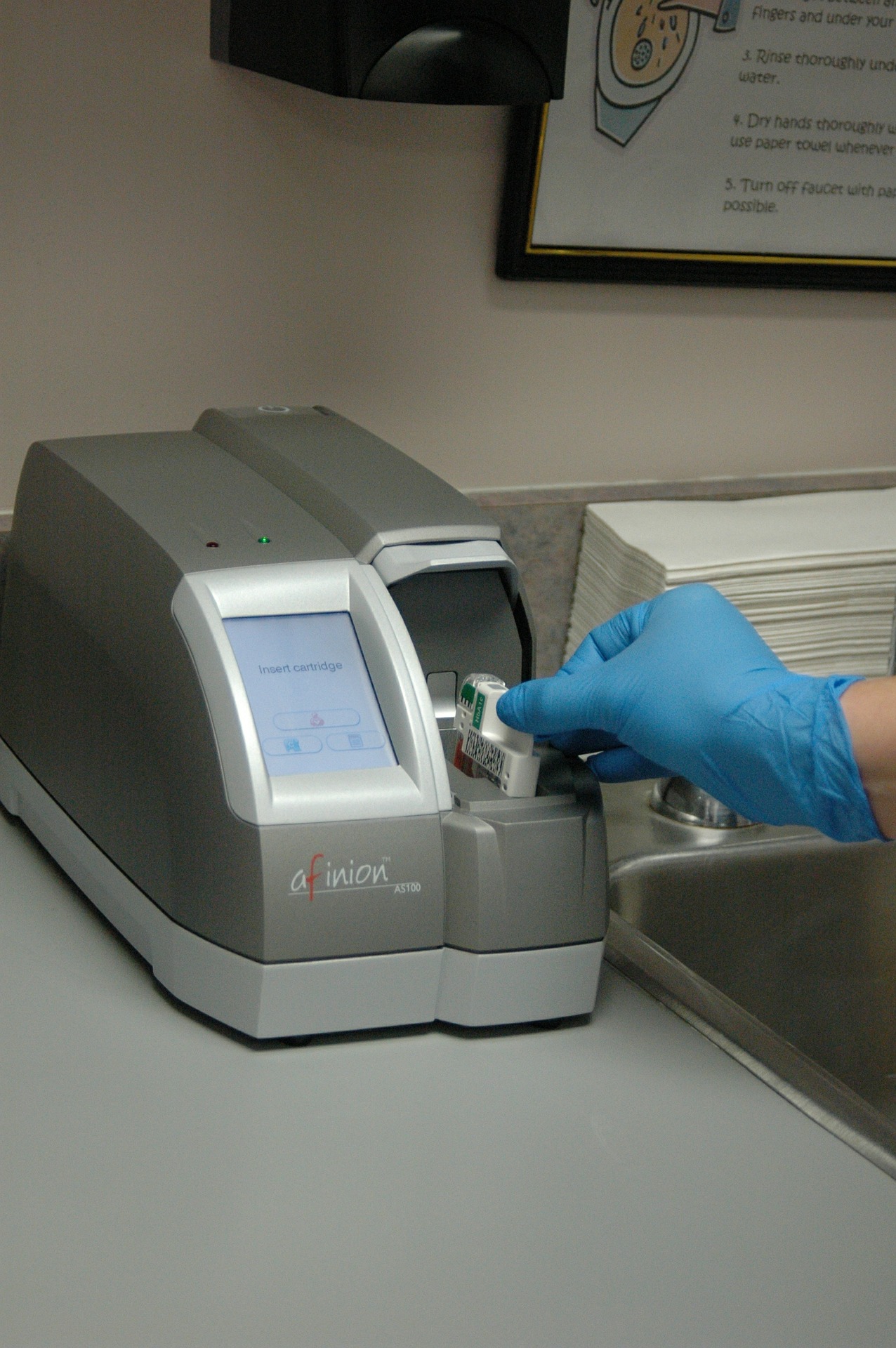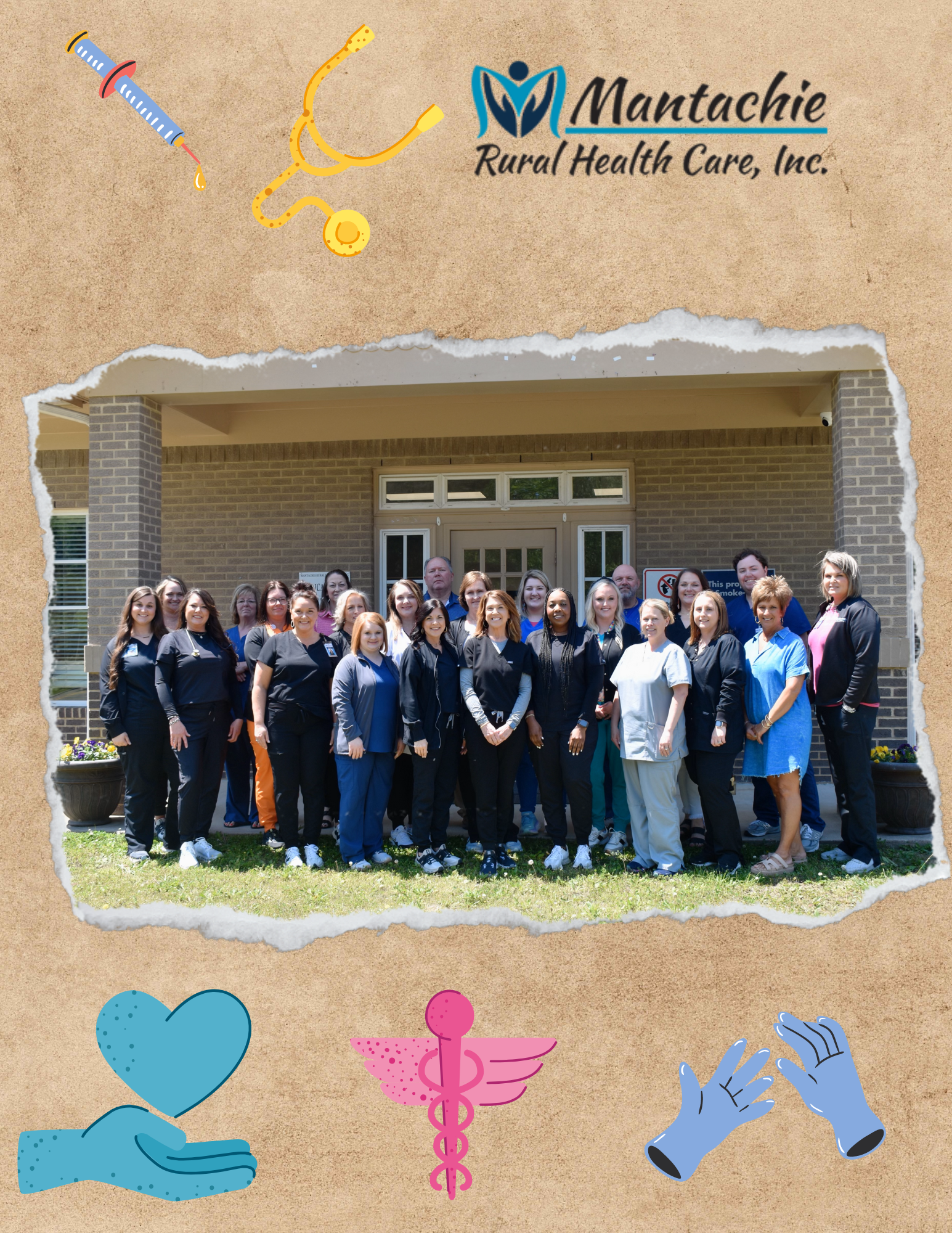
“Have you been tested for diabetes?”
The provider’s question may surprise you, after all, you came in to see her because you burned your arm grilling last week and you’re afraid it might be infected.
Often Type 2 diabetes diagnoses surprise patients because the symptoms appear gradually over time. Other patients may recognize the symptoms especially if they have a family member with diabetes or they know they are at risk.
Whether you suspect diabetes or your provider mentions the risks, make sure to ask your provider to perform the proper tests to accurately diagnose the disease. You cannot diagnose diabetes yourself by using over the counter blood glucose machines. Suspecting diabetes can be scary, but leave the glucose monitor where it is and head to your provider’s office.
Who needs to be tested?
Providers test for Type 1 diabetes only after symptoms occur. However, they should also test for Type 2 diabetes based on risk factors even if patients do not present symptoms.
Routine testing for Type 2 diabetes is recommended if you
- are age 45 or older
- are overweight or obese
- do not exercise regularly
- have a family history of diabetes
- have high blood pressure
- are of certain ethnicities ( African-American, Asian, Native Hawaiian, or Hispanic or Latino descent)
- are a woman who had gestational diabetes
How does a provider test for diabetes?
Fasting Plasma Glucose Test
This test requires patients to fast for eight hours and have blood drawn to test the blood glucose levels. Providers normally perform this test in the morning before breakfast.
- Normal blood sugar registers less than 100 milligrams per deciliter (mg/dl).
- Prediabetes (impaired fasting glucose) measures blood sugar from 100 to 125 mg/dl.
- Diabetes measures blood sugar at 126 mg/dl or higher.
A1C Test
This test measures average blood glucose numbers over the last two to three months. Most providers prefer to use the A1C test unless a patient has certain conditions such as anemia or a hemoglobin variant which can make the results unreliable.
- A1C levels over 6.5 percent on two tests indicates diabetes.
- Levels between 5.7 and 6.4 indicate pre-diabetes, which increases the risk of developing diabetes.
- Levels below 5.7 are considered normal.
Oral Glucose Tolerance Test
This test also calls for patients to observe an eight hour or overnight fast and then have their fasting blood glucose levels tested. Following the initial blood tests, patients drink a sugary liquid and have their blood glucose tested periodically over the next two hours.
- 200 mg/dL (11.1 mmol/L) or higher after two hours may indicate diabetes.
- Between 140 and 199 mg/dL (7.8 mmol/L and 11.0 mmol/L) indicate prediabetes.
- Less than 140 mg/dL (7.8 mmol/L) are normal.
After the diagnosis
Accepting your diabetes diagnosis and the lifestyle changes it requires takes time. Talk to your provider about symptoms, make a list of questions for your next appointment and start making small changes to your lifestyle such as choosing healthier meal options or exercising more often.
If you’ve been diagnosed with diabetes and aren’t sure what to do now, make plans to join our monthly diabetes class, read through other articles on our website about diabetes and allow our providers to support you in your journey.





Speak Your Mind